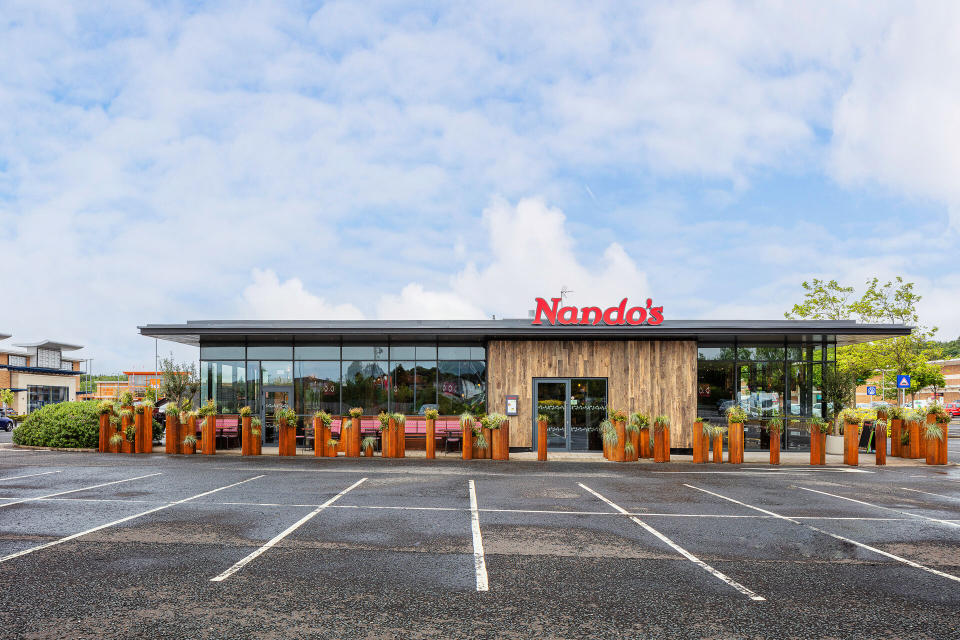
Nando’s has said it will continue to expand with new UK restaurants despite the uncertain economic backdrop putting pressure on customer budgets.
The peri-peri chicken chain has said it plans to open 14 new sites in the UK this financial year.
It came as the restaurant chain’s business, excluding South Africa, revealed it returned to profit for the first time since the pandemic struck in its latest set of financial accounts.
Hospitality firms have faced a challenging period since the pandemic struck, with forced closures followed by sharp rises in energy, food and labour costs, while customer budgets have also tightened more recently.

Nando’s said in the accounts that cost inflation has remained “at elevated levels” into the current financial year.
The group said it has managed the impact of cost pressures but still expects these to “remain a significant drag” for the rest of 2023/24.
Rob Papps, group chief executive of Nando’s, said: “The macro-economic outlook for 2024 remains uncertain but we are continuing to invest for the future with further menu innovation, enhancements to our digital capabilities and new restaurant openings planned in all our markets, including 14 in the UK.”
It came as Nando’s Group Holdings swung to a £17 million operating profit for the year to February 26, compared with a £1.2 million operating loss a year earlier.
The company still however fell to a £86.2 million pre-tax loss for the latest year after exceptional items.
Nando’s revealed the sales jumped by almost a fifth to £1.27 billion for the year, up from £1.06 billion a year earlier.
Sales jumped beyond pre-pandemic levels as it was boosted by a strong recovery in UK consumer demand as well as further restaurant openings.
Mr Papps added: “The 2023 financial year saw Nando’s deliver a steady recovery to pre-pandemic sales and a return to operating profit driven by strong consumer demand for our flame-grilled peri-peri chicken supported by our brand and customer proposition.
“Despite the improved sales performance, cost pressures including higher energy, labour and food prices remained a challenge.”






